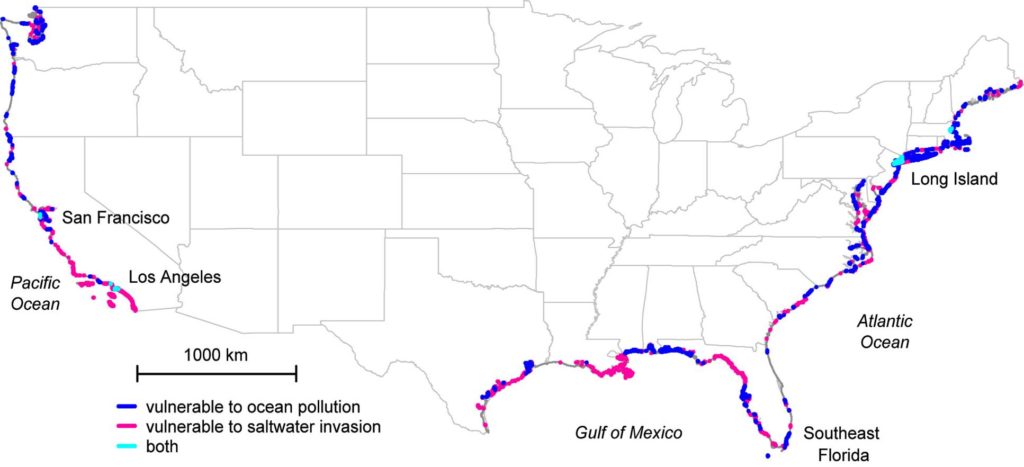Flourine Chemistry
The Small Business innovation research (SBIR) program funded Pearlhill Technologies R&D for the creation of new processes for the conversion of DUF4 for commercial production of a number of high-value fluorine products, which are absorbable in high volume by the current markets for fluoride chemicals. Pearlhill’s fluorine products command higher price per fluorine atom in the composition than hydrogen fluoride (HF, the product created chemical in the current uranium recovery process). Although, the fluorine industry has embraced the metallic fluoride products, including boron trifluoride (BF3), germanium tetrafluoride (GeF4), and silicon tetrafluoride (SiF4) currently produced from DUF4 by other companies, the volumes of these fluorine products that is producible from the conversion of less than one percent of newly generated DUF6 could quickly flood their current markets. Meanwhile, in order to mitigate the DUF6 problem, there is need for conversion of the fluorine component into a nonradioactive stable form with commercial market outlets big enough to utilize the extracted fluorine from the entire nuclear waste stockpile.
Fluorinated gases
Pearlhill Technologies extracts non-radioactive nonmetallic inorganic fluorides from uranium tetrafluoride (NIFUT), including sulfur tetrafluoride (SF4), sulfur hexafluoride (SF6), and nitrogen trifluoride (NF3) gases. [US Pat. #s 8,367,026; 8,231,855; 8,163,262], along with the production of depleted uranium oxide (DU3O8) as byproduct.
Fluorinated products
Pearlhill Technologies employs sulfur tetrafluoride (SF4) as a versatile gas for carrying out many fluorination processes in our facilities. Expertise in fluorine chemistry and chemical technology for versatile use of sulfur tetrafluoride for carrying out many fluorination processes to produce products for the electrical-, semiconductor-, agrochemical-, pharmaceutical-, resins- and the coatings industries. The market volumes for nonmetallic inorganic fluoride are significantly larger than the markets for the metallic fluorides.
Fluorinated coatings

Want to Know More?
Talk with one of the knowledgeable members of our team to see how we can help you achieve your goals.

